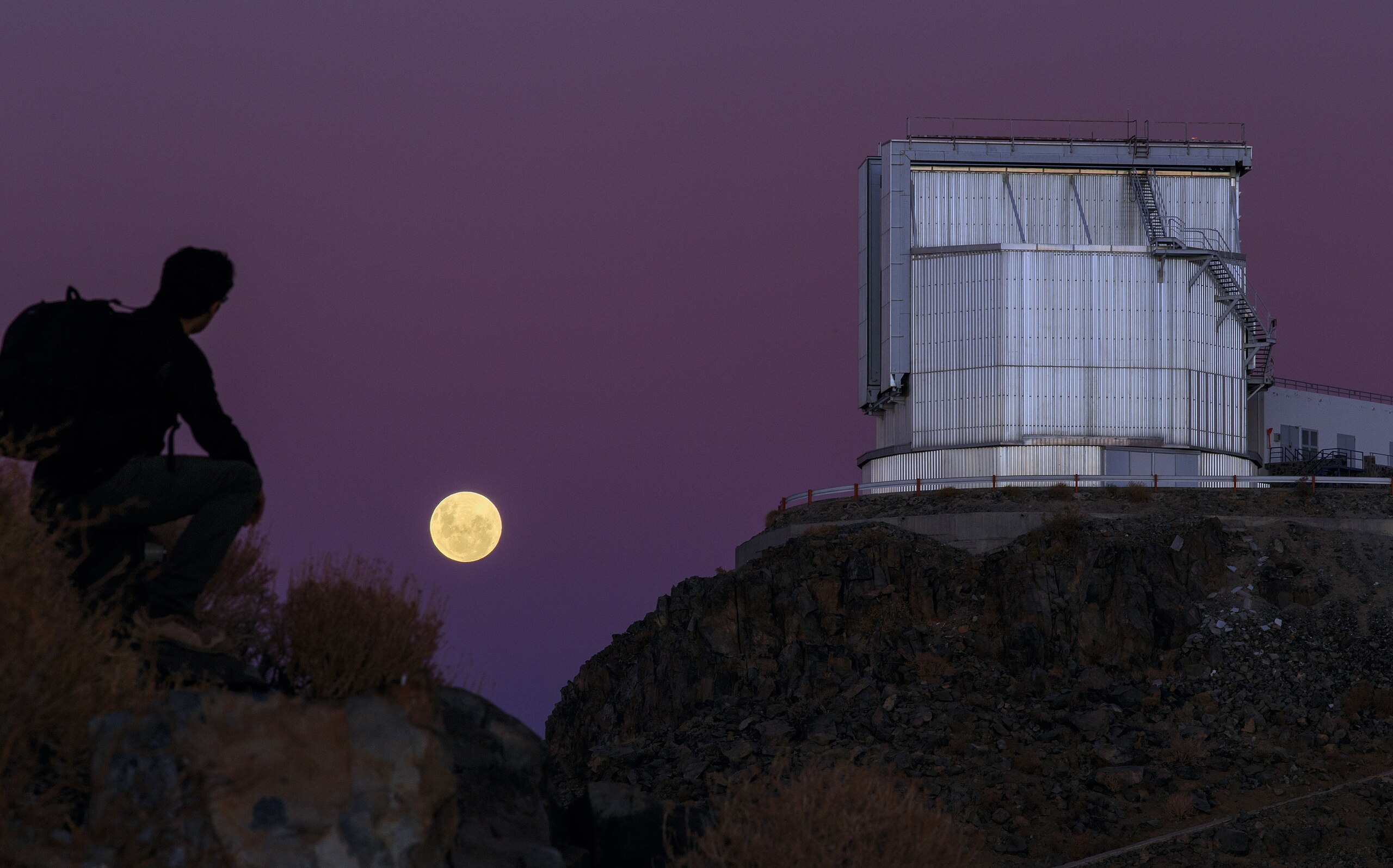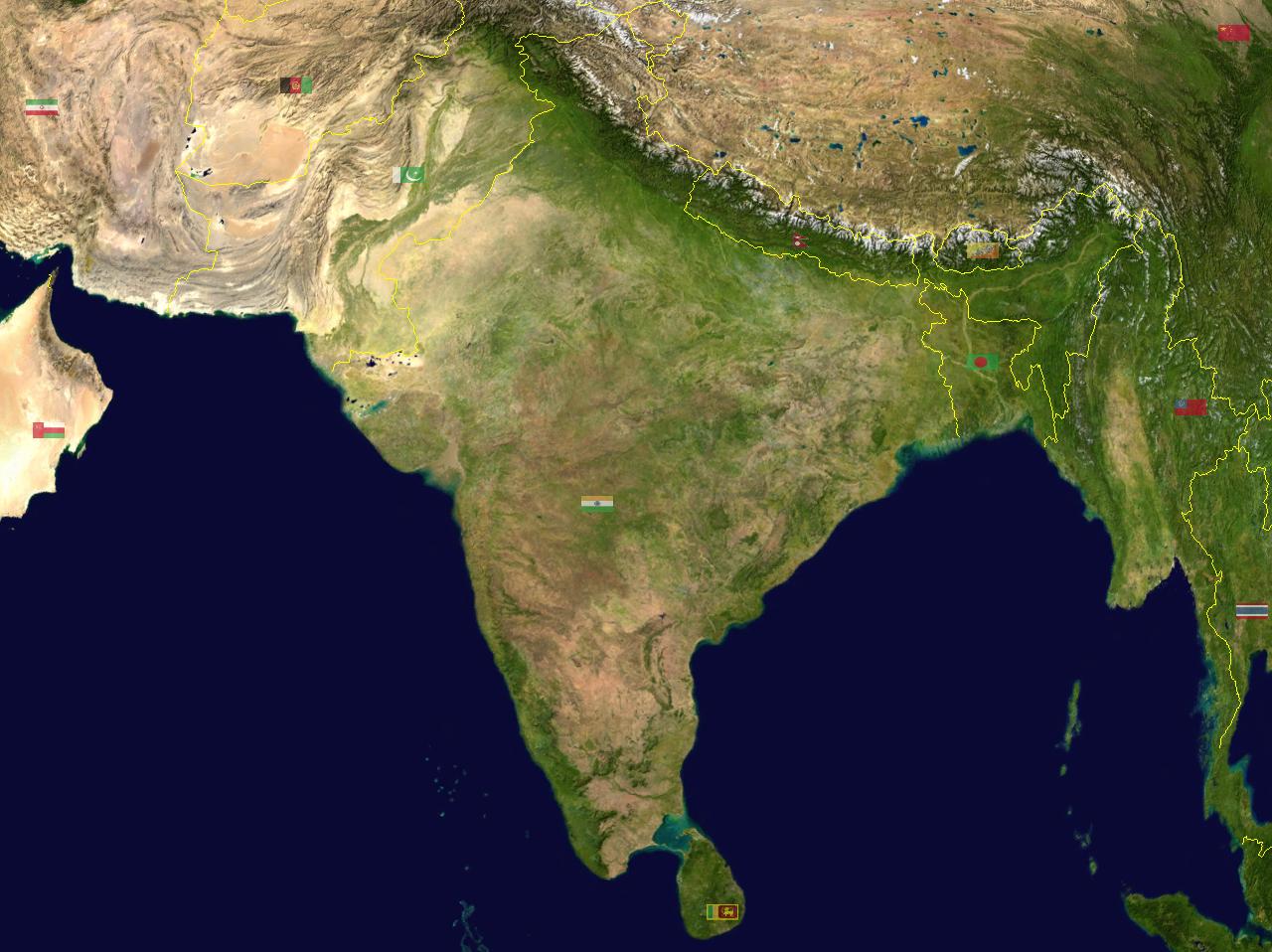

Reflections on Observational Astronomy in the Medieval Islamic Period authored by Dr. S. Mohammad Mozaffari is an essential volume in the history of astronomy shedding light on the comprehensive activities undertaken by Islamic astronomers in…


Ibn al-Zarqālluh (al-Andalus, d. 1100) introduced a new inequality in the longitudinal motion of the Moon into Ptolemy’s lunar model with the amplitude of 24′, which periodically changes in terms of a sine function with…


The orbital elements of each planet are the eccentricity and the direction of the apsidal line of its orbit defined by the ecliptic longitude of either of its apses, i.e., the two points on its…


This paper deals with an optical aid named barbakh that Abū al-Rayḥān al-Bīrūnī (973–1048 CE) proposes for facilitating the observation of the lunar crescent in his al-Qānūn al-Mas‘ūdī VIII.14. The device consists of a long…


Geometry is one of the main features in the formation of Persian architecture. Research in Persian architecture geometry is impossible without familiarity with geometry. This research tries to demonstrate the relationship between the progress of…


The scientific cooperation between India and the Arabs dates back to the time of Abbasid Caliphate of Baghdad when a number of books on astronomy, mathematics, and medicine were translated from Sanskrit into Arabic. From…


Muḥammad Abūʾl-Wafāʾ al-Būzjānī (10 June 940–997 or 998) was a distinguished Muslim astronomer and mathematician, who made important contributions to the development of trigonometry. He worked in a private observatory in Baghdad, where he made…


It is often supposed in Islamic studies that Al-Ghazali demolished the basis for science in the Muslim world by his so-called orthodox attack against rational thinking which nurtured a negative climate that resulted in the…


The following article by Abdel Aziz al-Jaraki, a scholar from Damascus, describes the context of the investigation carried on since several decades on a famous clock built by Fakhr al-Din Ridhwan al-Sa'ati at the beginning…